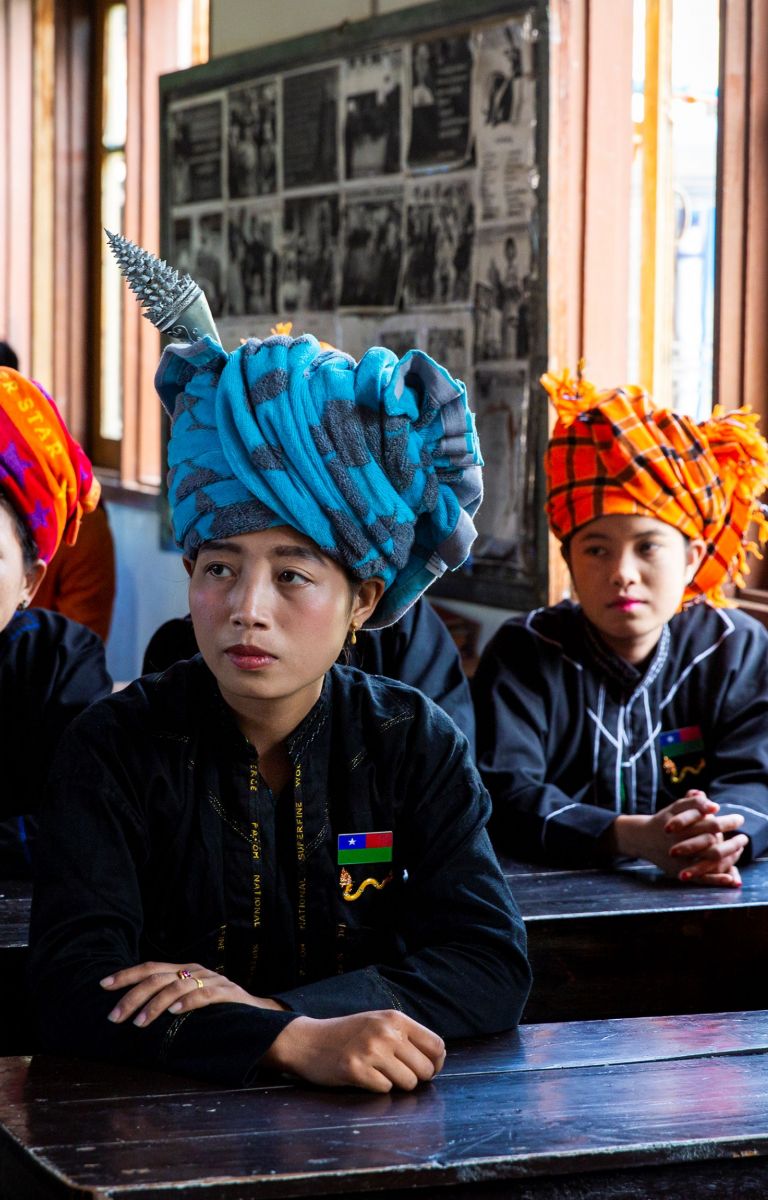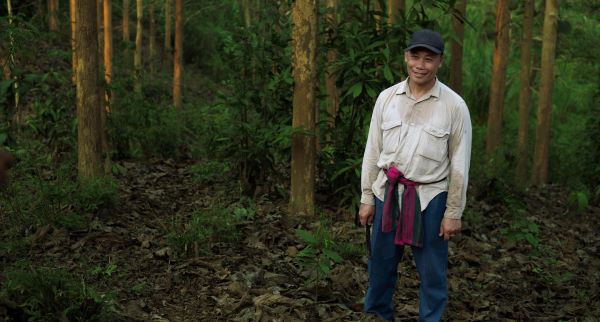

In villages across Southeast Asia, communities are finding new opportunities to improve their lives and protect the environment by managing the forests that surround them. Some are selling sustainably harvested timber. Others are attracting eco-tourists. In one village in Indonesian Borneo, people increased their combined average monthly income from US$170 to more than US$2,730 by selling crabs, honey and coconut-shell charcoal.
These opportunities are coming their way through social forestry, which recognizes that people who depend on local forests are best placed to look after them, and that allowing communities to manage and use forest resources can have positive social, environmental and economic impacts. Social forestry is a broad term and has different names in different places. Some examples are community forestry, village forestry, participatory forestry, community-based forest management and people-centred forestry.
Over the past nine years, ASEAN and the Swiss Agency for Development and Cooperation (SDC) have worked together to help ASEAN Member States develop, reform and implement social forestry policies. The results of this ASEAN-Swiss Partnership on Social Forestry and Climate Change (ASFCC), which closed in April 2020, are remarkable.
“This work brought together people, often for the first time, to hear each other’s opinions and understand the evidence presented by organizations involved in the partnership,” says Doris Capistrano, senior adviser to the partnership. “This, in turn, has led to widespread improvements in policies and practices across the region.”
As a result of new laws and policies introduced by ASEAN Member States, the social forestry area has more than doubled from 6.7 million to 13.8 million hectares, and continues to rise. If Cambodia, Indonesia, Myanmar, Philippines, Thailand and Viet Nam reach the targets they have set, the total forest area managed by local communities will exceed 30 million hectares by 2030. That’s almost a 500 percent increase in just 20 years.
“The countries increasing forest cover are those with social forestry,” says Capistrano. “You can see it on satellite imagery.”
In Myanmar and Lao PDR, recently revised laws lay the foundations for using social forestry as a mechanism for community-based enterprises. These laws, along with other policies passed in Thailand and Indonesia, suggest that ASEAN Member States have also changed the way they view and implement social forestry. Ten years ago, the focus was on conservation, subsistence, conflict resolution and better governance and management of forests. Today, they recognize social forestry as a way to adapt to and mitigate climate change. They also place greater emphasis on gender equality and on economic development.
“Through this program, I came to learn about the potential for social forestry to support climate change mitigation and adaptation,” says Ei Ei Swe Hlaing, assistant director of Myanmar’s Forest Research Institute and one of the national focal points who received training under ASFCC. “Being a member of the Forest Department’s community forestry unit, I could share and apply my knowledge in formulating the Community Forestry Instructions 2019, the Community Forestry Strategic Plan for 2018 to 2020, and the Community Forestry Guidelines.”
By empowering communities to manage and protect forests, ASEAN Member States can support sustainable livelihoods, improve food security and draw carbon out of the atmosphere. Doing so can help them meet their national development goals as well as their international commitments under the Paris Agreement on climate change.

Despite remarkable changes in policy and practice, communities still face challenges that prevent them from gaining the benefits of social forestry. People need the knowledge and skills to manage forests sustainably and to set up and manage enterprises. But there are also structural problems such as regulatory barriers, poor infrastructural links with markets and limited access to capital. For many, tenure rights are still weak and unclear.
To address these problems, participants in the ASFCC provided technical support to create the 2018 ASEAN Guidelines for Responsible Investment in Food, Agriculture and Forestry. They also coordinated with senior ASEAN officials on the ASEAN Multisectoral Framework on Climate Change: Agriculture and Forestry Towards Food Security, which has provided a path to accelerate progress on social forestry, says Capistrano (link). Only with the right conditions in place, she says, can social forestry meet its true potential to bring social, environmental and economic benefits and help countries address climate change.
“All of that will need to happen,” she says. “For social forestry to play the kind of role it can under favourable conditions, governments will need to create those conditions in large enough areas. The ball is in the court of Member States.”

